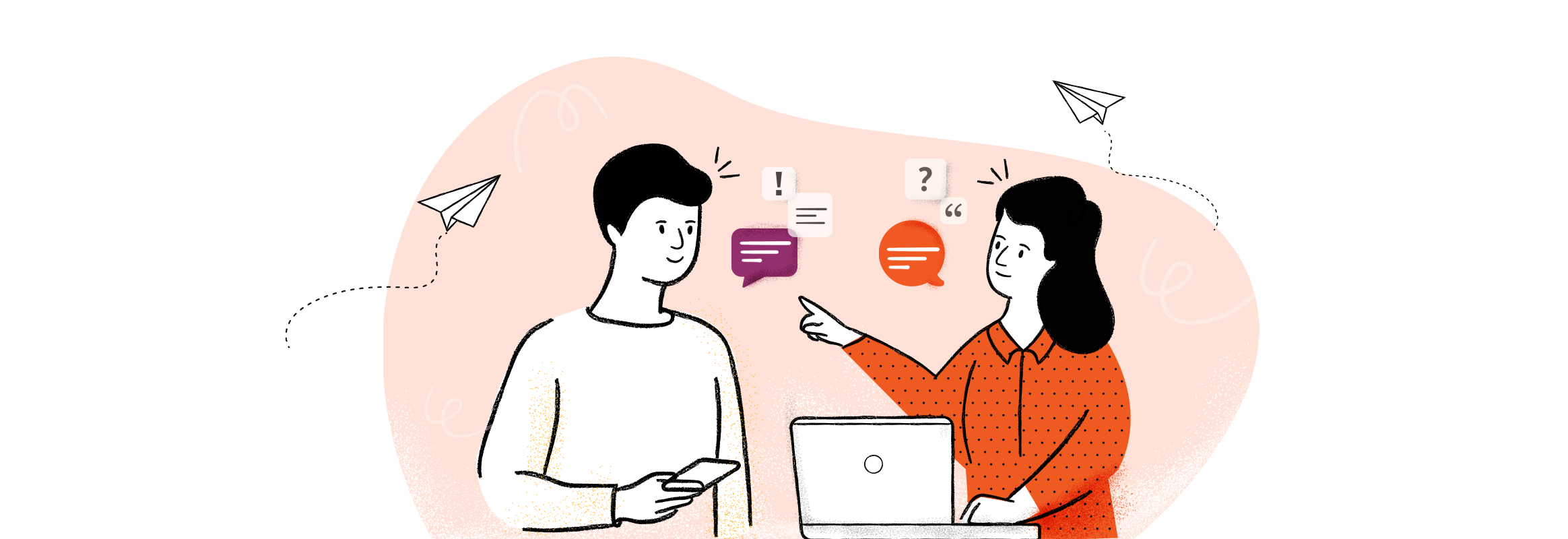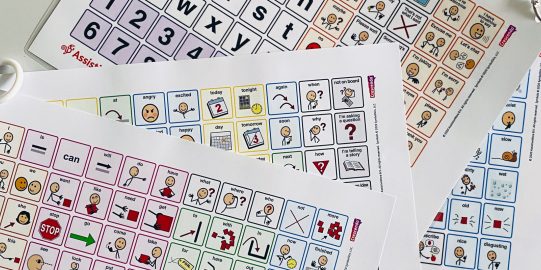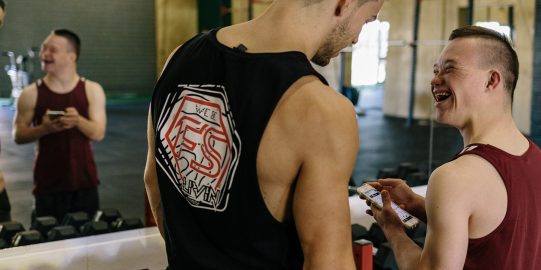First, we needed to know what support these AAC users need. We decided the best strategy was to just ask AAC users themselves. We had interviews and conversations with over three dozen AAC users. The AAC users were insightful and generous with their time. What they shared could help anyone who needs alternative communication. Anyone who cannot rely on spoken language needs everyone else to listen better. Our project created new resources to help us share how we can better listeners and supporters.
The project
We started by looking at the current research. We reviewed the research literature on AAC with adults. We identified the challenges that seemed to be common to all AAC users. We studied different populations of people who may benefit from AAC. For example, we looked at those who lose their speech in adulthood.
We identified the most common communication needs of people who cannot rely on speech. We identified key roles that other people may play to support them. These support roles might be helping people get assessed for AAC, or teaching others how to listen.
We explored how AAC users participate in research. We thought about the questions that researchers haven’t already asked. This is when we started interviewing AAC users.
The interviews
Traditional interviews happen face-to-face, in real-time. We knew this would create challenges for some people. The research told us we should use “asynchronous” forms of conversation. This just means the best interviews happen over days or weeks, rather than hours or minutes. We read that AAC users participate more when the technology is familiar. So we created private Facebook groups. Every few days, we posted new questions that invited conversation in these groups. We included AAC users from many different populations. Some were born with their communication disability while others acquired it later in life. They generously shared their time, their ideas, and their challenges.
Some AAC users preferred a traditional interview. We conducted those interviews in person or by video call.
Some of the questions we asked:
- What is important to you and your communication?
- What is working in how you communicate?
- What is not working?
- What do other people do that is helpful?
- What is not helpful?
- What would you tell speaking people?
We were not expecting many of the answers we received. The insights from these conversations challenged many of the things we (as AssistiveWare) thought we knew.
Assumptions blown up
We learned:
- Many text-based AAC users also use symbols regularly.
- Most did not start by using symbols to communicate, then move on to typing. Typing versus using symbols worked best for different reasons at different times.
- Very few had received the support for AAC that the research says they need. This was true no matter what kind of diagnosis caused the speech issue. Fewer than 10% had been referred to a speech-language pathologist or AAC specialist to evaluate their need for AAC.
- Using AAC did not mean people felt understood. Many felt they regularly go unheard, despite being fluent AAC users.
- It's not them. It's us. The biggest challenge they consistently faced is the behavior of speaking people.
Further Insights
Five key insights were reflected in almost all of the conversations:
1. AAC is universal, but speech is only for some.
All people use AAC. Social media, texting, and emails are all forms of AAC. Alternatives to speech happen across different times and spaces. These alternatives are more inclusive and more accessible.
2. We need to consider alternative access for all AAC users.
Just because you can type does not mean you can always use it to communicate. For example, some AAC users have moments of meltdown or freezing where they cannot use their AAC. Strategies like Partner Assisted Scanning and tools like eye gaze might be very helpful.
3. The AAC user should be central to all decision-making.
The person using the AAC should be involved in all decisions about AAC. This includes how we select voices or change the words that are available. The AAC user should decide if they will use AAC, when they will use AAC, and what AAC they will use. They should be asked to direct how they are supported or prompted. Speaking people need to ask more and assume and guess less.
4. Privacy is crucial
The words we use are private, and so is AAC. AAC creates new privacy risks. The words we want available to use might be private or sensitive. Messages can often be viewed in the history. We should all ask for consent before looking in someone's AAC. This includes asking before we check a person's message history.
5. AAC is more than an app or a single system.
AAC systems were not just used for communication. Many AAC users used their system in creative ways. Some used folders and messages as visual supports. This included designing them as visual schedules, with lists and prompts to help plan and organize ideas and days.
Some defined their AAC very broadly. We asked people to describe what they use for AAC. Many used texting and instant messaging. Many used sign language and wrote messages on paper. Some used badges or buttons with messages on them. One even thought of their t-shirt slogans as forms of AAC.
How AssistiveWare used these insights
We had new insights in hand and a wealth of new information. We wrote a series of new articles. Most were reviewed and edited by the AAC users themselves.
We invite you to take another look at our Learn AAC section and watch our 2-part AAC training video "Communication partner skills", created and presented by our senior Speech Pathologist Amanda Hartmann.
Just ask and listen
We hope these articles help us think about the ways we support all AAC users. We value the insights we gained through our project. The most important thing we can do is ask more questions, then really listen to the answers.
Thank you
We would like to sincerely thank all the AAC users who contributed and participated in our project.





